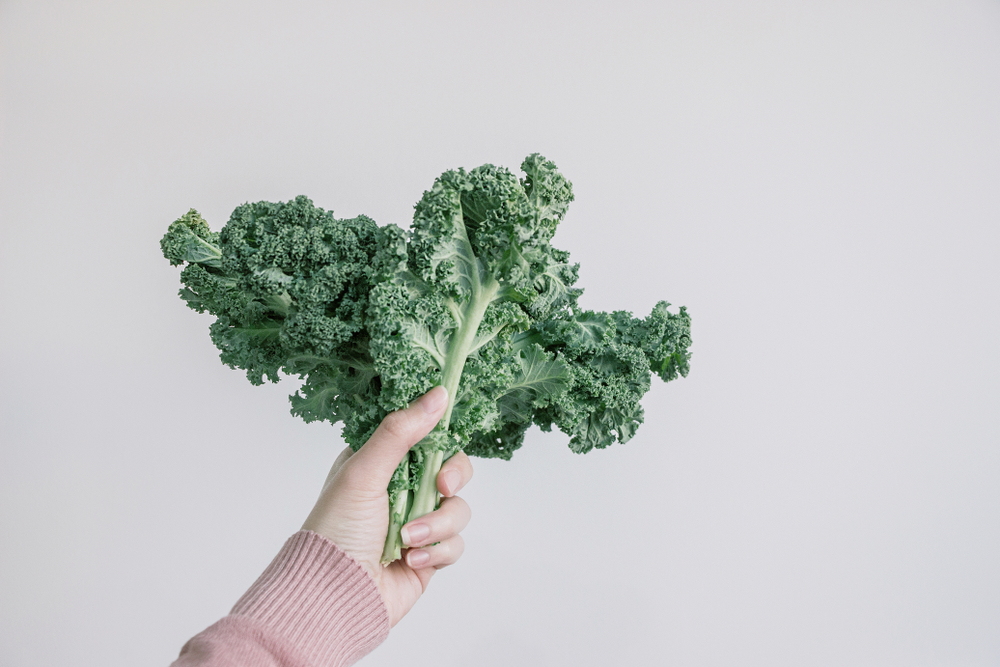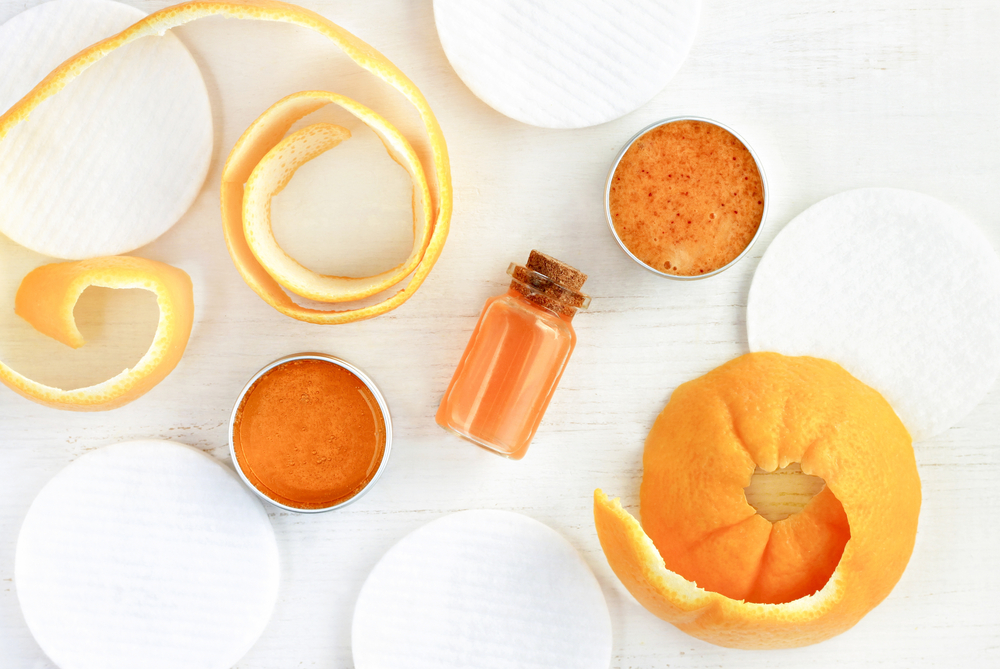In our first post, “Are you eating the right foods to support your cycle?”, we discussed your body’s dietary needs during the first two phases of your menstrual cycle. Before we move on to the last two phases, let’s briefly recap the four stages:
- Menstruation: This phase marks the beginning of your cycle and it’s when you have your period.
- The follicular phase: Here, your ovarian follicles start to mature your eggs, one of which will eventually make its way into the uterus during ovulation.
- Ovulation: The shortest phase in your cycle, ovulation lasts from 12 to 24 hours. In ovulation, one egg makes it’s way from the ovarian follicle into your uterus.
- The luteal phase: The final stage of your cycle sees a shift in hormones, which can lead to mood swings and PMS symptoms.
In our first installment, we discussed top food choices for menstruation and the follicular phase. Now, let’s explore the best foods to support your body’s ovulation and luteal phase.
Phase #3: The ovulatory phase, or ovulation
- Your body during the follicular phase
This is the shortest stage in your monthly cycle, when your ovary releases the egg into the uterus where it will survive for 12 to 24 hours. Your estrogen levels are elevated and so is your sex drive, making this the most fertile time in your entire cycle. During the follicular phase, you’ll have the easiest time expressing yourself and feeling confident.
- What to eat during ovulation
Since your body is soaring on estrogen, it’s important to consume foods that will help to usher it out of your body. Look for antioxidant- and fiber-rich foods to help you flush excess estrogen, like fresh vegetables and raw juices.
But be sure to avoid sugary concoctions. Instead, reach for whole fruits and vegetables, especially broccoli, cauliflower and kale.
Phase #4: The luteal phase
- Your body during the luteal phase
After the ovulatory phase, your estrogen and testosterone levels begin to drop, and progesterone levels increase. This makes you want to slow down and move inward. Your uterus walls also thicken in preparation for a potentially-fertilized egg to attach to the uterine walls.
If pregnancy doesn’t occur, most women experience PMS symptoms, Even though we crave carbohydrate-heavy comfort foods during the luteal phase, they don’t always make us feel better.
- What to eat during the luteal phase
As your hormones trade places, and estrogen gives way to progesterone, you probably experience those frustrating mood swings and emotional rollercoasters. But don’t worry, it’s not hopeless. The right foods can really support your body during this precious time.
Look for foods rich in vitamin B, which can help lift your mood and regulate hormones. Here are some top picks for your luteal phase:
- Buckwheat
- Quinoa
- Leafy greens
Now, this doesn’t mean you should only eat these grains and dark, leafy greens, but by incorporating them at least once in your meals, you can help your body transition during an emotionally and physically painful time.
You can make massive improvements to your monthly cycle with simple dietary changes. And when you and your cycle are in sync, you will feel stronger, more energized and more sexy. What foods would you like to incorporate into your diet to support your cycle?




